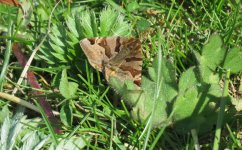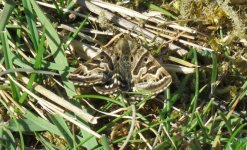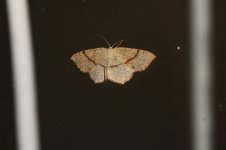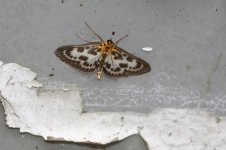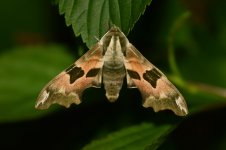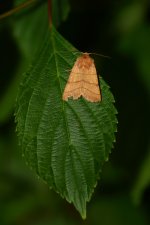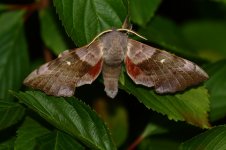Steve Lister
Senior Birder, ex County Recorder, Garden Moths.

Hoping for a good total tonight!
John
Yes, the temperature here is supposed to stay above 12C all night.
Another modest catch for me this morning, with just Treble Lines and HCLM new for the year amongst 20 moths of 13 species.
Steve





